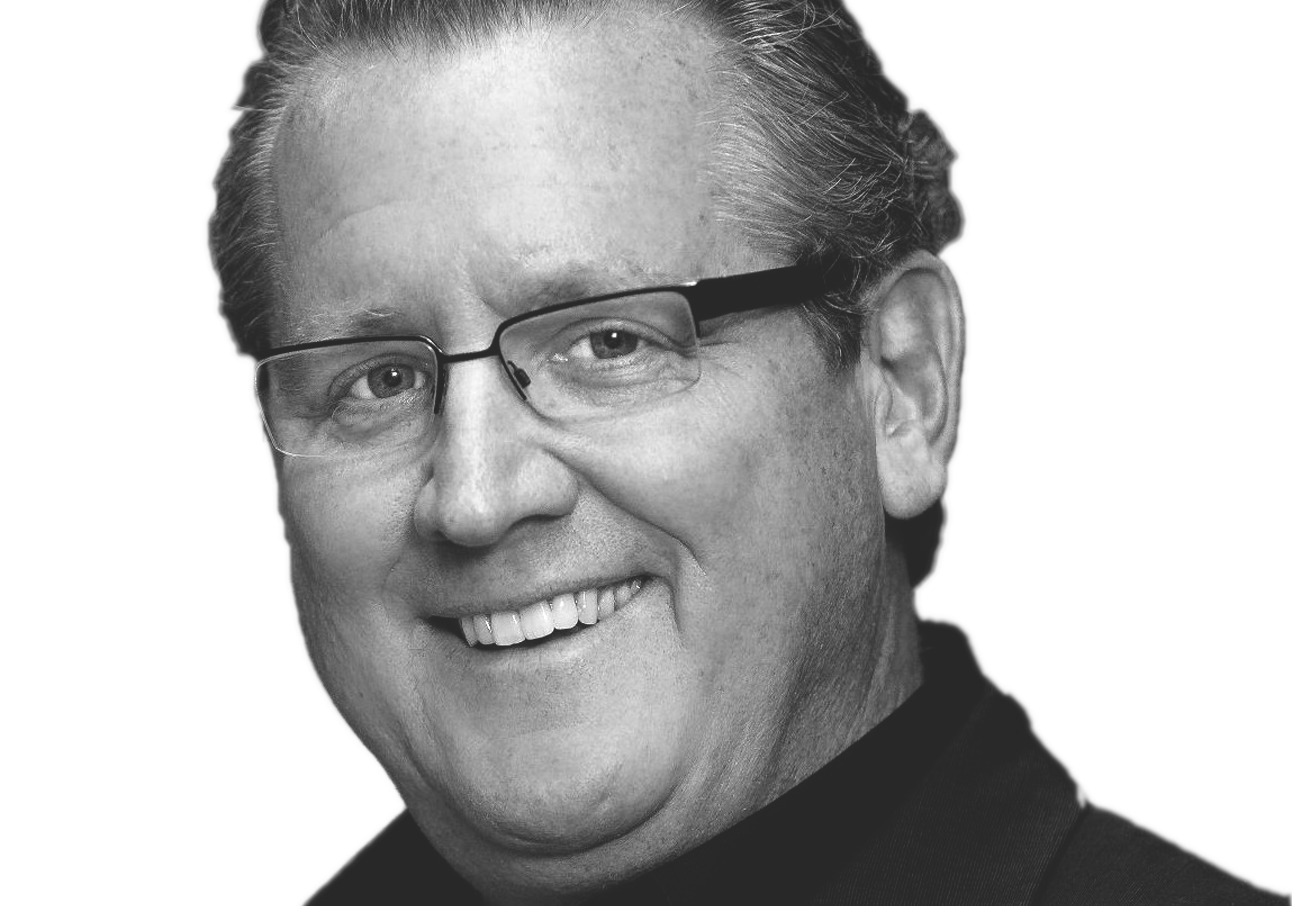 Two years ago, Mark Schaefer, a five-time best-selling author and Professor at Rutgers University, controversially wrote that most content marketing plans were not sustainable strategies.
Two years ago, Mark Schaefer, a five-time best-selling author and Professor at Rutgers University, controversially wrote that most content marketing plans were not sustainable strategies.
The problem, he explained, is “content shock”—a term used to describe the point at which the amount of content available to audiences is more than they can possibly consume.
Fast forward to today, and B2B customers are feeling overwhelmed—and even annoyed—by all of the content they’re bombarded with online. “Between now and 2020, the amount of information on the web is going to increase by 500%,” says Mark.
So, if you think it’s tough to create content that cuts through the noise now, it’s only going to get harder.
Last week, we hosted a live video chat with Mark to help B2B marketers understand why “content shock” is a growing concern and how to overcome it.
Watch the interview recording now, or get an overview of Mark’s insights and recommendations in our summary below.
The economics of content shock—and its effect on your content marketing plan
In simple economic terms, content shock is a matter of supply and demand. When your supply of content exceeds demand, you have to start buying your consumers’ attention—even though you’re giving content away for free.
Every new medium goes through this evolution. “In the early days of television, there wasn’t much content, and there weren’t many advertisers,” Mark explains.
When television became more popular, the amount of advertising available became scarce. To compete on television, channels had to create better content and advertisers had to pay more for commercials as the medium matured. This, in turn, raised the table stakes for both groups.
Mark argues this competition for attention is now happening on mature content marketing channels. For example, social platforms like Facebook and YouTube are charging companies money in exchange for the brand’s content to show up in a customer’s newsfeed.
While things may seem bleak for today’s B2B marketers, there is still hope.
The cure for content shock = Person-to-Person (P2P) marketing
“Content is just the starting line,” says Mark. To cross the finish line ahead of your competitors, your content must be seen and shared.
And the best people to help you do that are your customer advocates.
However, asking them to share your content is a big deal. “They’re basically saying, ‘I believe in this, and I want you to believe in this, too,’” says Mark.
Mark’s book The Content Code has an entire chapter dedicated to inspiring customers to endorse your content. It starts with getting to know your customers personally. “If you want people to share content for you, it’s all about the relationships you’re building with them,” he says.
As an influencer, Mark frequently gets pitched content to share. One company stood out to him recently because they built a personal relationship with him before asking for a favor. They did this by taking him out to dinner to get to know him—and never once brought up their company. He now opens their emails because he was treated like a person, instead of a marketing channel they could use.
“Be more human in everything you do,” says Mark. Show others you care them. Pop-up ads on your blog that ask for an email address before the customer can even read your content has the opposite effect.
Is there a formula for becoming “known” as an industry thought leader?
Mark often receives requests from marketers wanting to learn how to become thought leaders. Mark responds to these requests by asking them to sign up for an hour of consulting for $200. While most people don’t pursue the opportunity further, 10% do sign-up.
Whenever he speaks with one of these people, Mark hears the same things, like “I want to be considered a thought leader” or “I want to start a speaking career.” Mark’s response is always the same: “You need to be known.”
Mark has researched the concept of becoming known by interviewing over 70 different people who are not necessarily famous but are well-known in their field. “I found that there is a path; a process you can follow,” he says.
But the definition of success is a very personal thing. “If your goal is ‘I want to be known so I can speak at Social Media Marketing world,’ then you’ve got an audience of two [the people that make that decision],” he says. “If you want to monetize your reputation in some way, then your audience might be tens or even hundreds of thousands of people.”
Similar to how individuals must understand the kind of following they need to become known, brands need to understand who their audiences are looking to for information.
Not every known person must have a million followers to be influential. In fact, today’s buyers often prefer to turn to their peers, or “micro influencers”—whom they see as trustworthy—to learn about brands. Thus, turning your customer advocates and employees into known people should be a strategy in your content marketing plan.
If you want to be known, pick up Mark’s new book, which comes out late February/early March.
 Two years ago, Mark Schaefer, a five-time best-selling author and Professor at Rutgers University, controversially wrote that most content marketing plans were not sustainable strategies.
Two years ago, Mark Schaefer, a five-time best-selling author and Professor at Rutgers University, controversially wrote that most content marketing plans were not sustainable strategies.









































